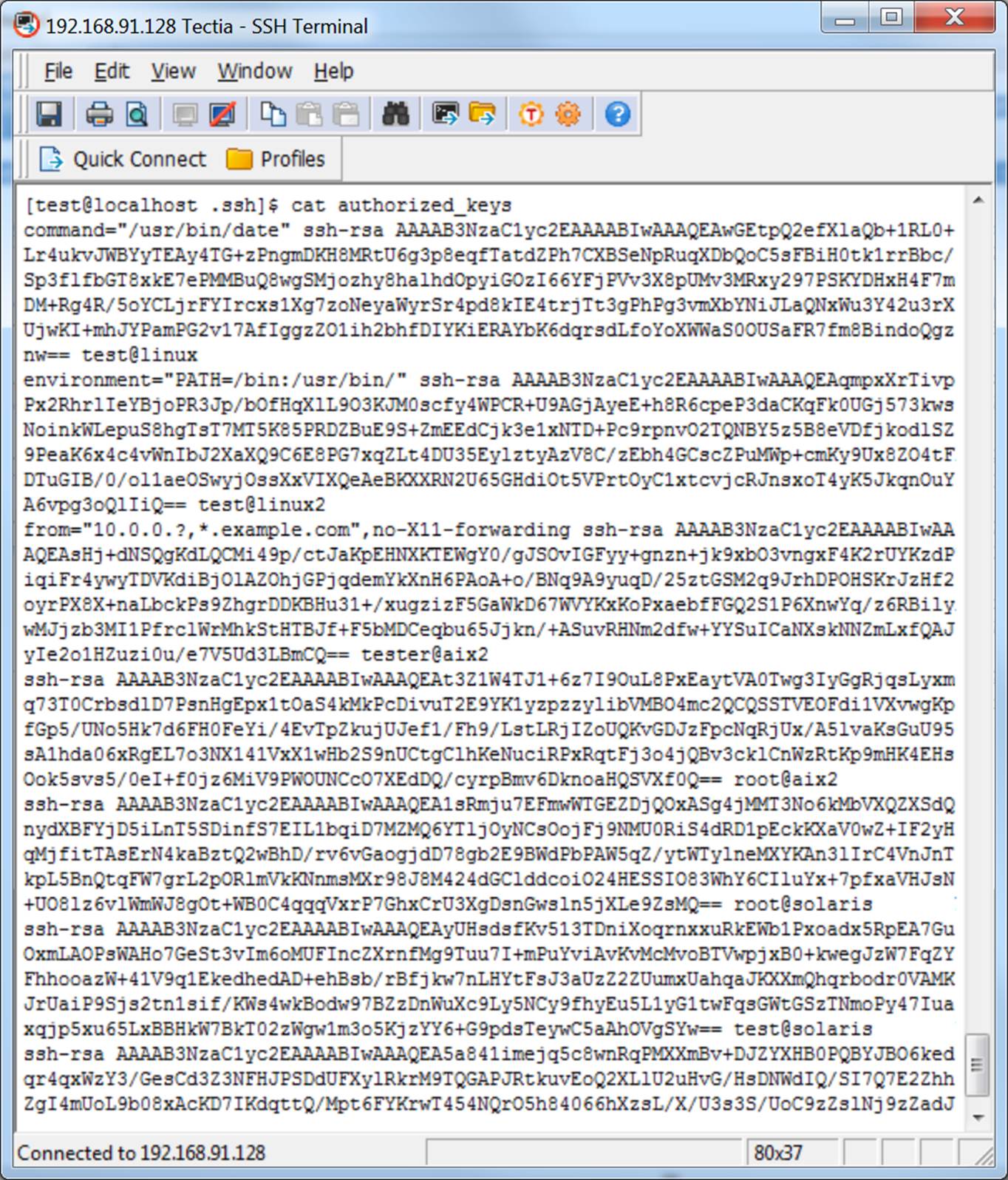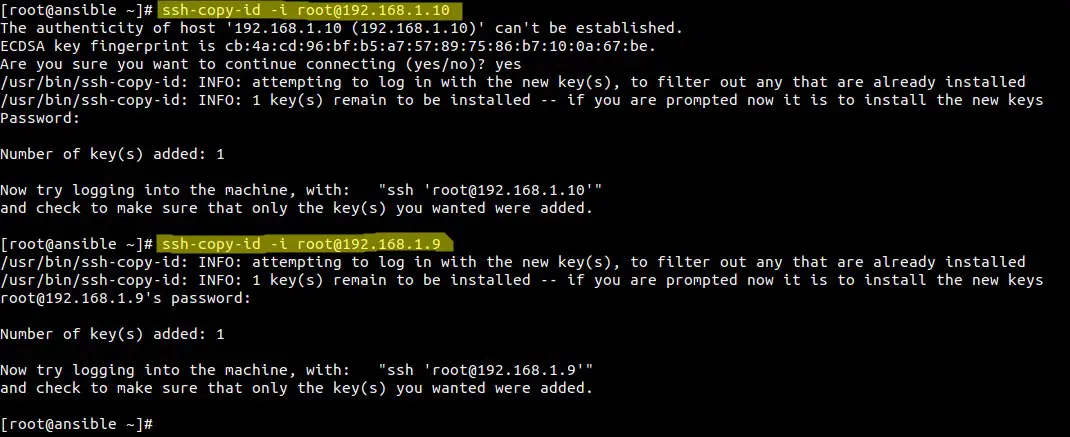

In this case, enable the SSH authentication key, for this open up the /etc/ssh/sshd_config, and enable or add the following lines. Sometimes you need to require to configure the SSH at the remote side for authentication.
#SSH COPY FILES VERIFICATION#
It will copy your text file to the remote server, for verification go to the remote side and verify that your file has been copied.

To copy the file on the remote side using the following command. Repeat all of the above processes on the remote side if you want two-way communication. You can verify it by using the following command to view your SSH key.Ĭopy the SSH to the remote side, use the following command. Next, it will prompt you to enter the passphrase, leave it empty, and press enter. To save the file in a suggested directory press enter. # ssh-keygen –t rsaĪfter entering the above command, the following output should appear. To tighten up the security, you can mention the encryption algorithm according to your need, as shown below. Now I am going to generate the SSH key, using the following command. To verify, open up the terminal and type the following command. Firstly, verify the SSH is installed or not. Generate SSH Keyīefore generating the SSH Key.
#SSH COPY FILES HOW TO#
In this tutorial, you will learn how to generate an SSH key and copy files over SSH (SCP) without entering a password in CentOS8. There are two methods to connect with the remote server using SSH, one is by using password authentication, and another way is to authenticate is by public key. Depending on what I’m doing, I use this super-paranoid super-secure method to put my mind at ease.SSH (Secure Shell) is an encrypted protocol to connect with the remote device. It’s also really important to note that all of your private keys are stored in the same place: in ~/.ssh/ on your computer, you can use TrueCrypt to create a secure, encrypted container, then create symlinks in your ~/.ssh/ directory. That way, if one of your private keys get caught somehow, then you’ll only compromise one account on one remote computer. It’s best to create new key pairs for every computer and account you want to link.

(For more information, take a look at How To Recover After Your Email Password Is Compromised) Similarly, your private key file is also super-secret and important. If someone finds your password, and you use the same password for all of your accounts, then they now have access to all of those accounts. In this way, you’re not really sacrificing security, but you’re also not harassed for passwords all the time. Once you log out of your computer (not the remote one) or close your terminal window, then you’ll have to enter it again. That means that the first time you SSH/SCP, you’ll need to enter your password, but all subsequent actions won’t require it. Once you enter your passphrase once, you won’t be asked again for it until you close your session. Now, when you connect over SSH or use SCP, you’ll need the proper private key file as well as the proper passphrase. Follow the steps above, but enter a strong passphrase. You can combine a password with key files. If someone has your private key file, then security is lost to any computer that has the matching pubic key, but they need access to your computer to get it. If someone has knows your password, your security goes out of the window. It’s actually pretty similar in theory to using your password. RSA is pretty secure and uses a 2048 bit-length by default. This private key ONLY matches with that ONE public key, and the connection needs to be started from the computer that has the private key.

The private key that’s generated is stored on the computer you’re using, and it is never transferred, not even to be verified. RELATED: What Is a PEM File and How Do You Use It? Security Considerations This means that if you wanted to add another public key for your account on this server, you would copy the contents of the second id_rsa.pub file into a new line on the existing authorized_keys2 file. Subsequent public keys can be appended to this file, much like the ~/.ssh/known_hosts file. The destination for your public key is on the remote server, in the following file: The next step is to copy the public key file to your remote computer. Hit Enter to leave this blank, then do it again when it asks for confirmation. Next, you’ll be asked to enter a passphrase. You can hit Enter to use the above-mentioned defaults. After entering the command, you’ll be asked where to save the key.


 0 kommentar(er)
0 kommentar(er)
